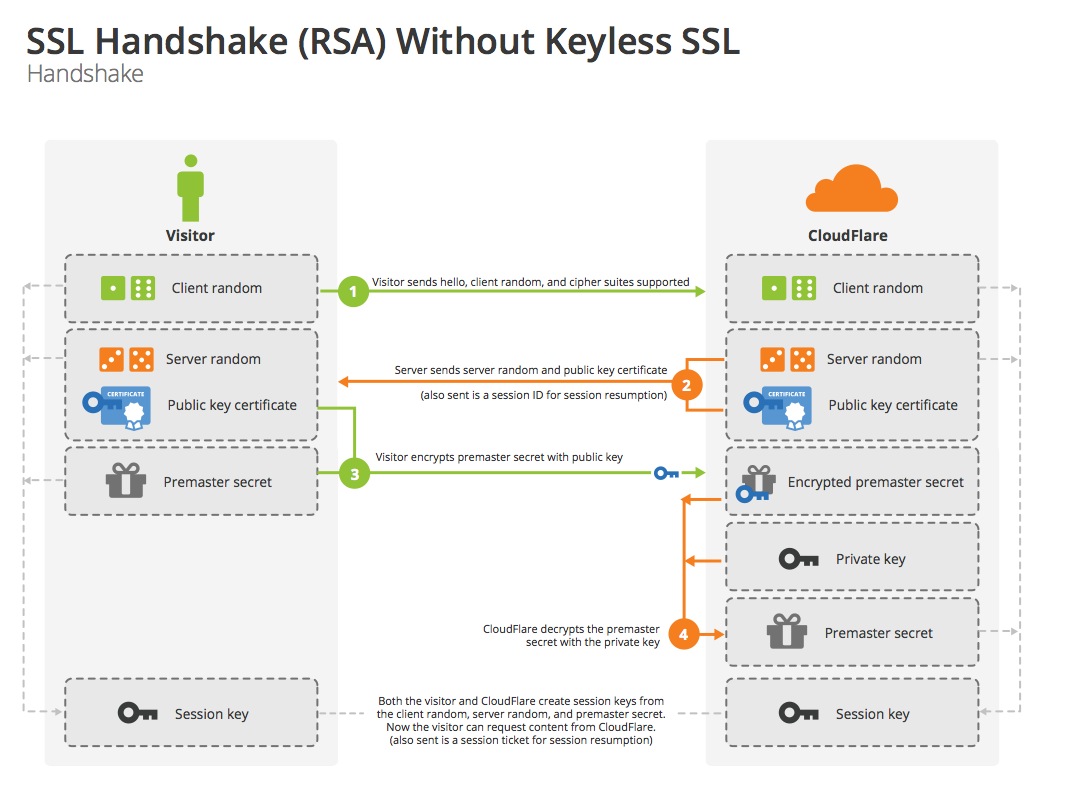Session Key Generation In Ssl
Session key: A session key is an encryption and decryption key that is randomly generated to ensure the security of a communications session between a user and another computer or between two.
A session key is a single-use symmetric key used for encrypting all messages in one communication session. A closely related term is content encryption key (CEK), traffic encryption key (TEK), or multicast key which refers to any key used for encrypting messages, contrary to other uses like encrypting other keys (key encryption key (KEK) or key wrapping key). Generate all keys using armstrong axion algorithm.
Session keys can introduce complications into a system, yet they solve some real problems. There are two primary reasons to use session keys:
- Several cryptanalytic attacks become easier the more material encrypted with a specific key is available. By limiting the amount of data processed using a particular key, those attacks are rendered harder to perform.
- asymmetric encryption is too slow for many purposes, and all secret key algorithms require that the key is securely distributed. By using an asymmetric algorithm to encrypt the secret key for another, faster, symmetric algorithm, it's possible to improve overall performance considerably. This is the process used by PGP and GPG.[1]
Like all cryptographic keys, session keys must be chosen so that they cannot be predicted by an attacker, usually requiring them to be chosen randomly. /sql-server-2016-product-key-generator.html. Failure to choose session keys (or any key) properly is a major (and too common in actual practice) design flaw in any crypto system.[citation needed]
Ssl Session Timeout
- Both client and server establish a session key. The server (or the client and server) then authenticate by performing signature-generation (for authentication). This has the advantage that each session needs to be attacked separately. This is known as (perfect) forward secrecy.
- Jul 09, 2019 WHM stores your private keys and CSR codes in the SSL Storage Manager menu. On the homepage, click SSL/TLS SSL Storage Manager. To view the Private Key, click the magnifier icon next to the relevant key in the Key column. Click Domains your domain SSL/TLS Certificates. You’ll see a page like the one shown below.
See also[edit]

References[edit]
Session Key Generation In Ssl History
- ^OpenPGP Message Format http://tools.ietf.org/html/rfc4880